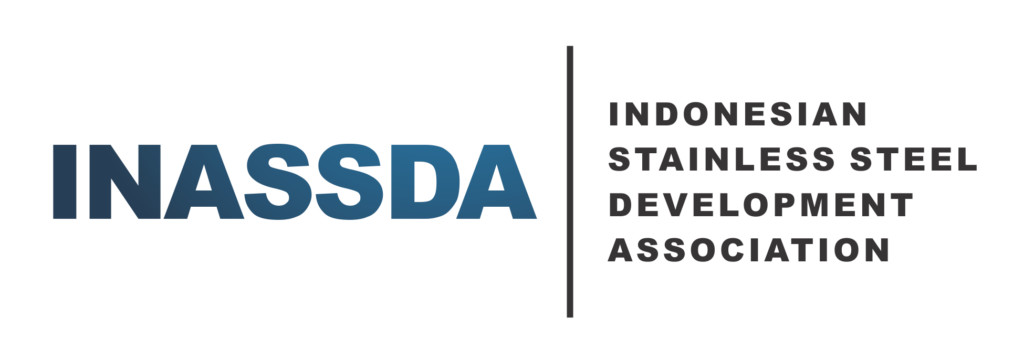
- Water Jet Cutting
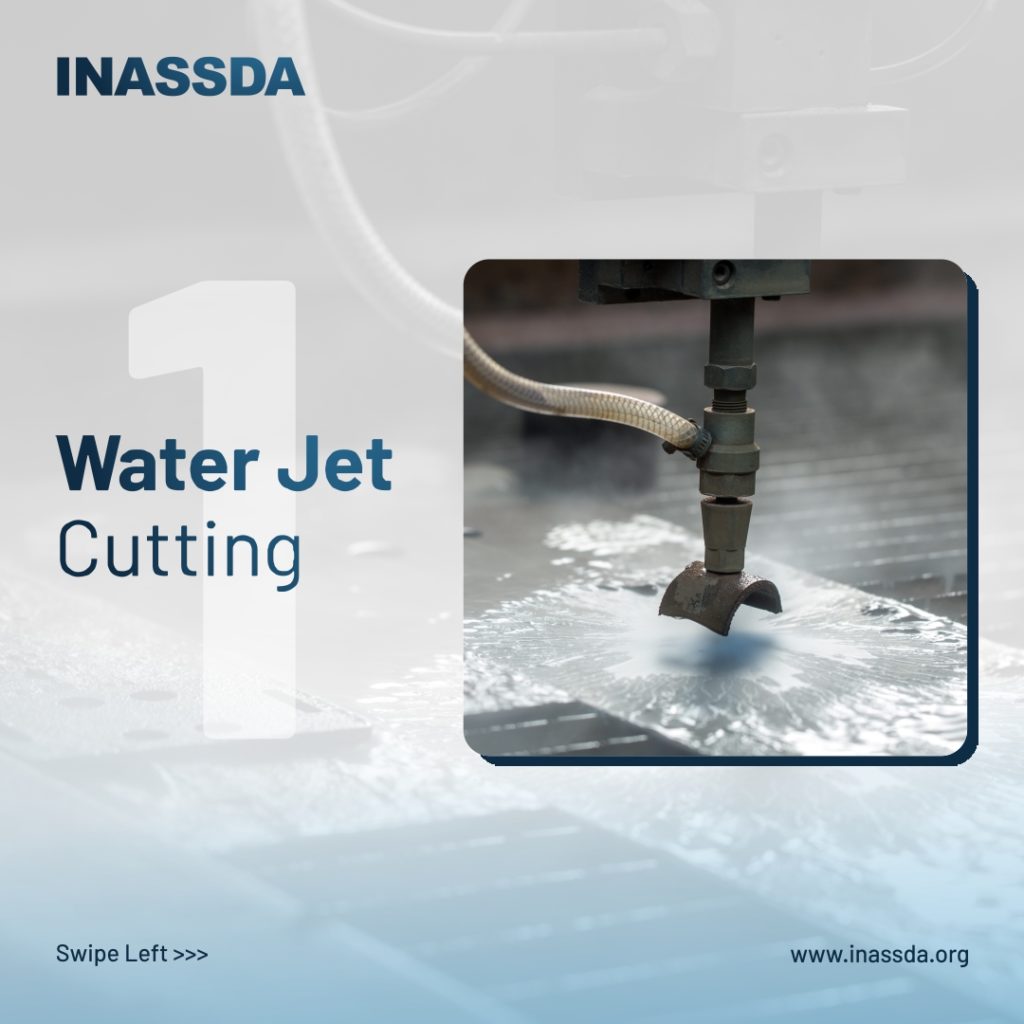
Water jet cutting uses high-pressure water and abrasives to cut different thicknesses of stainless steel accurately. This method is often preferred when the materials being cut cannot handle the high temperatures produced by other methods like plasma cutting. Water jet cutting is usually used in the fabrication process when less heat is required for the application.
2. Plasma Cutting
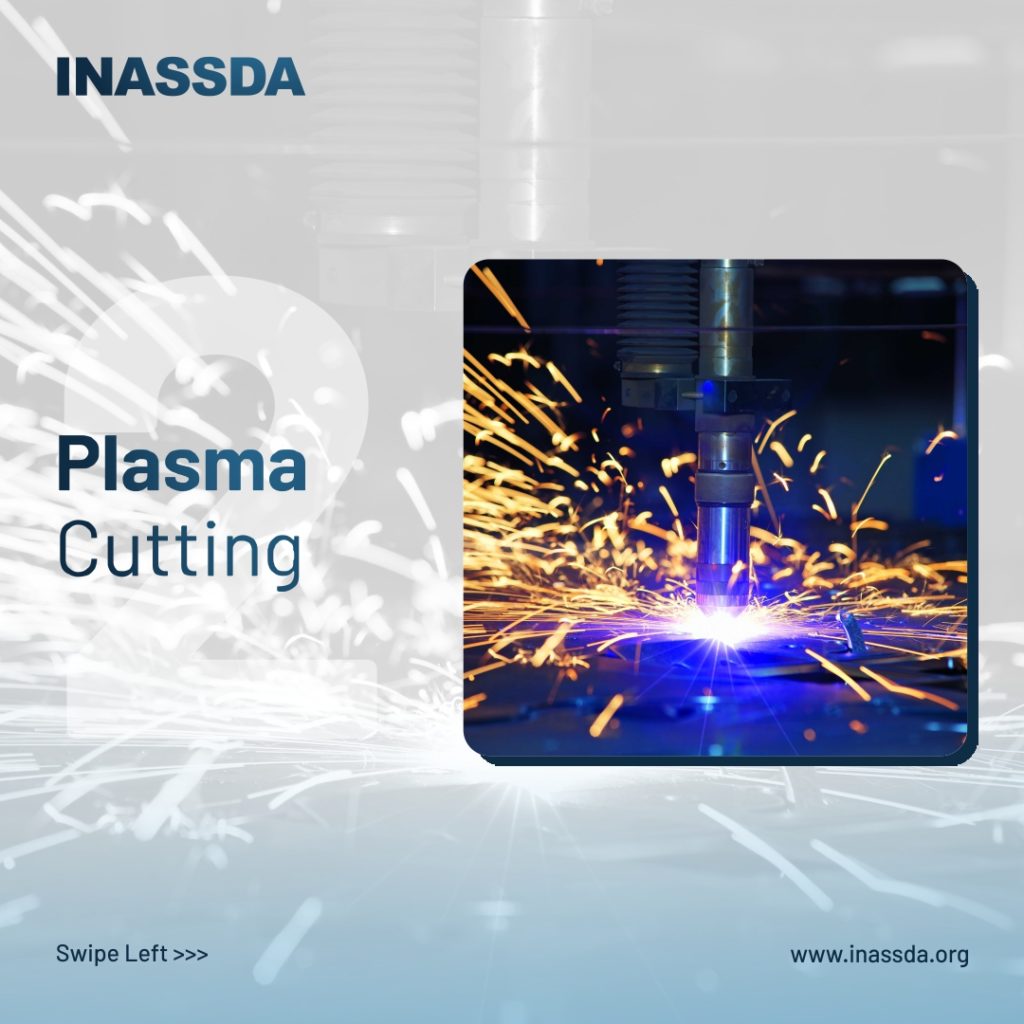
The plasma cutting process that is used to cut different thicknesses of stainless steel (and other metals) uses a plasma torch. A plasma torch creates an electrical arc through an inert gas that is directed from a nozzle to the cutting surface. The arc makes the gas become a precise plasma beam that cuts through steel accurately. Like water jet cutting, this process is fully automated and driven by the approved mechanical specification.
3. Machine Cutting
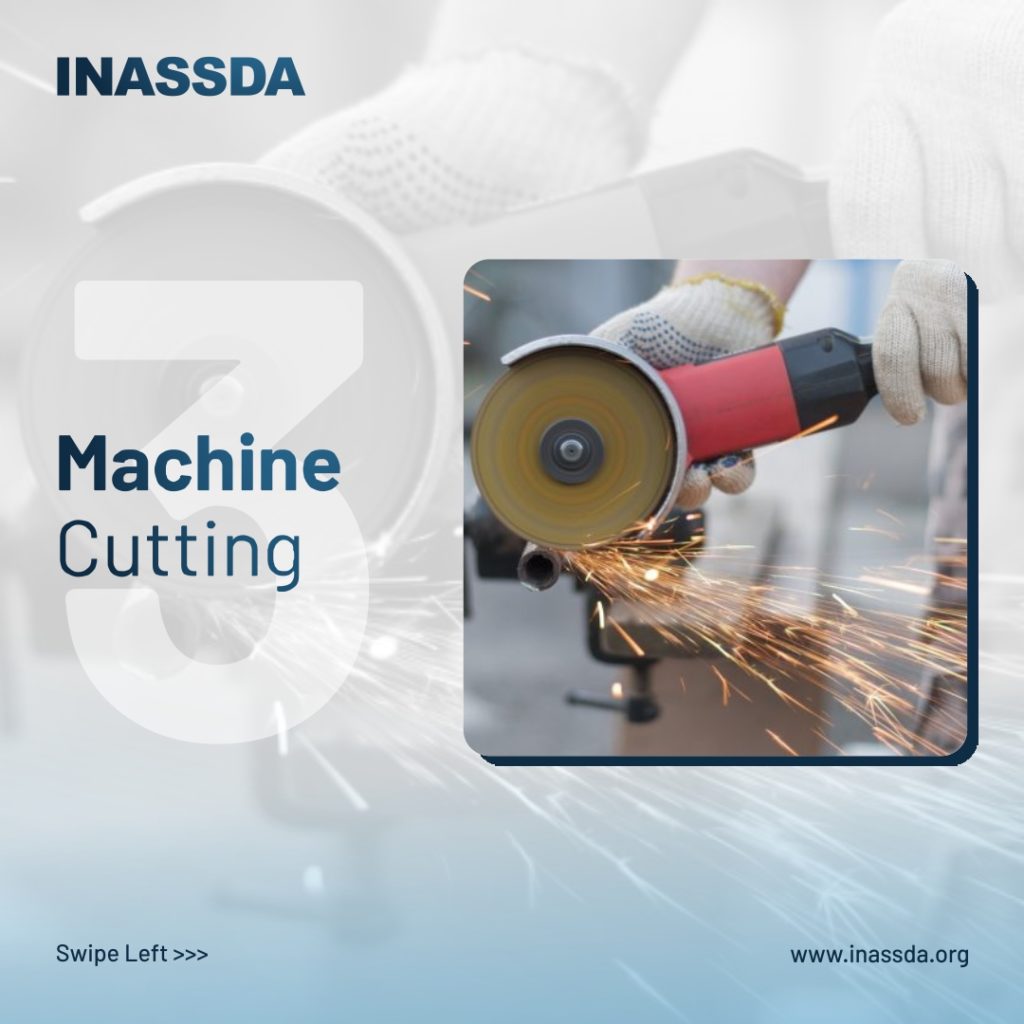
Machine cutting uses traditional and modern machine shop tools to cut stainless plate according to the customer’s specifications. Machine cutting can be faster and cheaper than newer automated methods, and it can also drill, tap and machine all parts of a stainless steel plate.
4. Saw Cutting

A high-speed band saw was used to cut most plate until newer stainless cutting technology came along. Saw cutting is not very accurate, but it produces less heat affected zones than machining. Saw cutting still makes sense for some applications, but it does not offer the same flexibility and shape options as other cutting methods.
5. Bevel Cutting
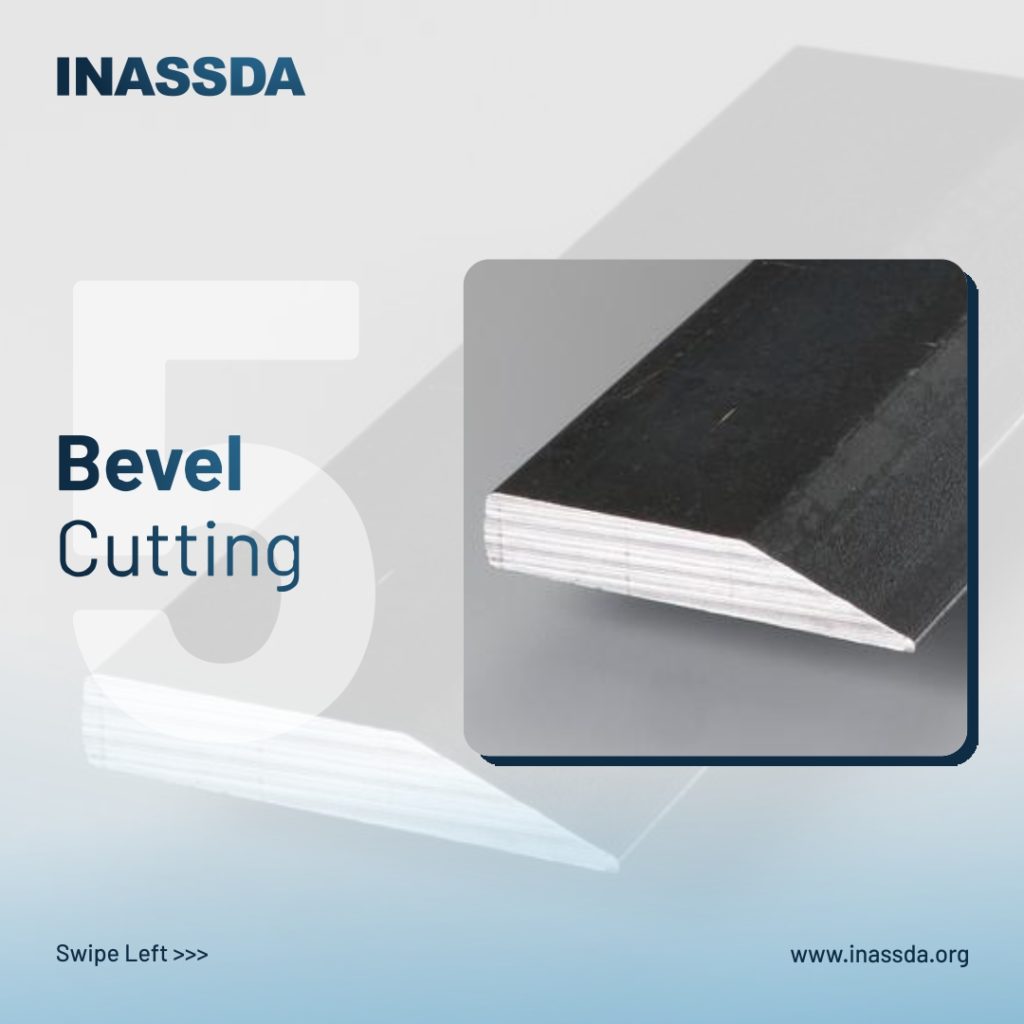
Bevel cutting is the process of cutting a part with an edge that is not at a right angle to the top of the piece, usually to prepare for welding of plates or pipes. Bevels can have many different angles and shapes, depending on the purpose, resulting in different edge profiles.
